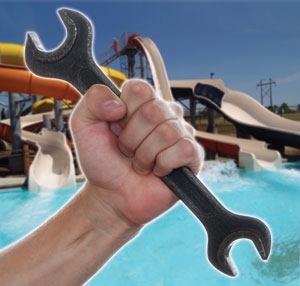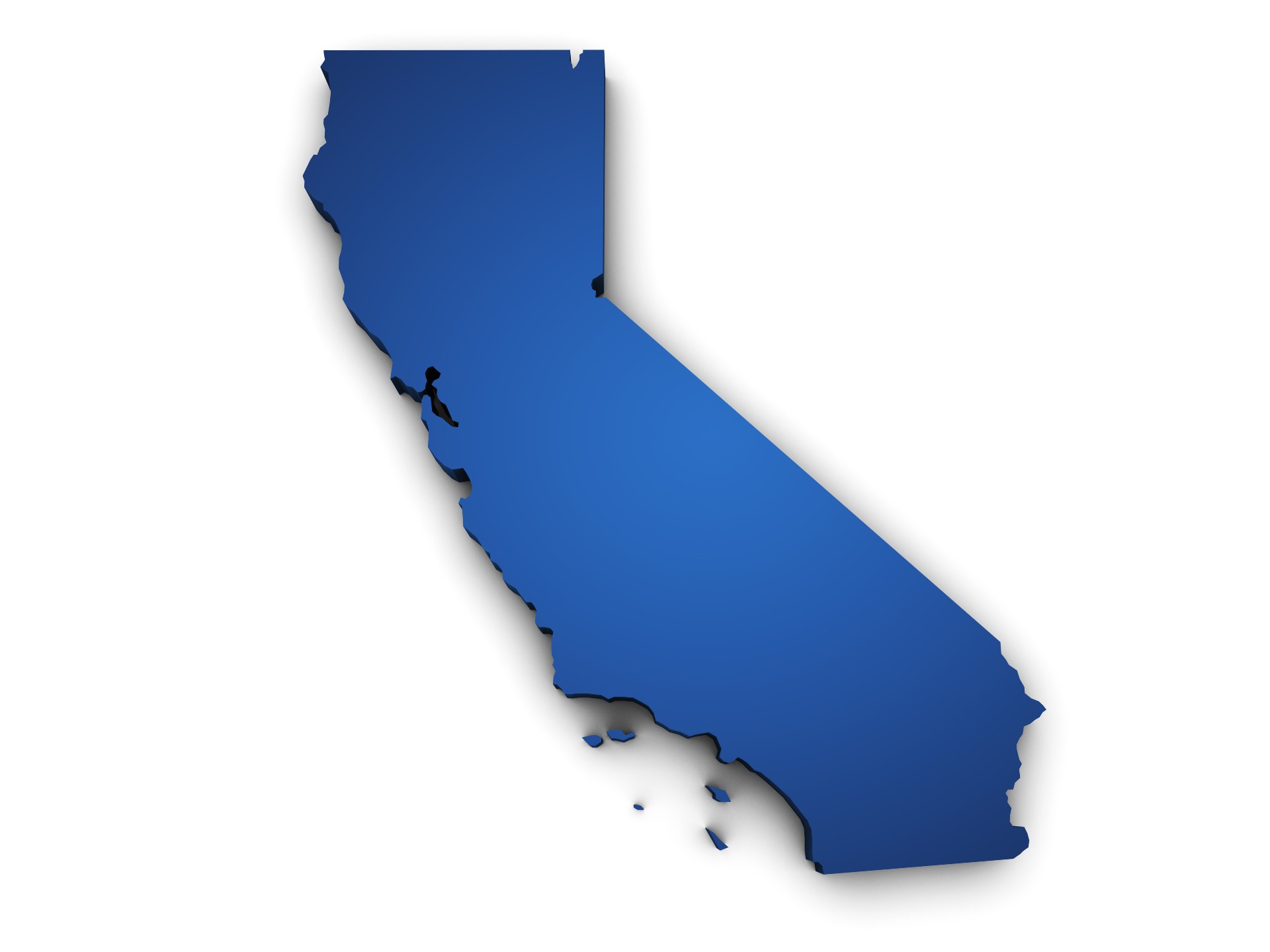From the minute you open the gates in the morning, it’s show time, and your waterpark is the star.
Everything must always look its best while ensuring the highest level of safety and security. But waterparks are complex, highly engineered structures and the moving water, chemicals, sunlight and people of varying sizes — all climbing, sliding, jumping and hanging — takes its toll.
To that end, it’s no mystery that good maintenance practices will extend a waterpark’s life. But what does an ideal maintenance program look like?
In general, maintenance programs include inspections and preventive strategies carried out in an organized fashion on a regular basis. Tasks might be daily, weekly or once a season.
However, to truly ensure that your waterpark maintains its structural integrity, operational safety and visual appeal for many years, you’ll want a more comprehensive preventive maintenance program that accounts for the fact that different water-play features have different maintenance requirements and includes protocols for the furniture, rafts, tubes, shade structures, and various other supplies and equipment necessary to keep things running.
Begin at the beginning
The best comprehensive preventive maintenance programs begin during the design and construction phase of the waterpark. Actively thinking about and planning the preventive maintenance program from the very beginning makes the job easier in the long run, and helps minimize costs.
During the design phase, material selection is perhaps the most critical factor in determining long-term maintenance requirements and costs. The key is to balance cost with appearance, strength and corrosion resistance.
At first it might be easy to gravitate toward stainless steel for structural strength and corrosion resistance; however, stainless steel prices have increased on average 15 percent since 2008. For that reason, galvanized mild steel and fiberglass remain the primary materials of choice for waterpark construction.
Protecting against corrosion also requires the proper preparation of the building materials. Metal welds should use zinc anode rods, and before finishing, all steel components should be sand-blasted clean. This ensures optimal and galvanization subsequent to paint bonding. Ultimately, when completed, the metal components should have four layers of protection — zinc galvanization, two primer paint layers and the theme paint — between it and the water.
Once equipment is ready to go, take care to avoid paint damage during construction. Chipped paint cannot protect against corrosion, so create a detailed site materials management plan to keep things organized.
That said, unfortunately, even those best-laid plans can’t prevent all paint damage, so establish a paint touch-up procedure from the start. Keep a log of paint damage. Using the assembly diagrams, indicate the component with the damage, the paint color and the type of damage — chip, scratch, thin spot, and the like. Once the structure is assembled, go back and touch up all paint damages. Make sure to use the same paint used by the manufacturer.
Make checklists
Methodical and thorough inspections are the key to effective preventive maintenance programs, and using detailed inspection checklists turns maintenance activities into preventive maintenance best practices.
Develop a detailed checklist specific to your waterpark and organize it by structure. Be sure to include the bathrooms, cabanas, locker rooms and other ancillary areas. These may be the first areas your guests experience and they are just as important as your water-play structures. If guests see messy or broken bathrooms, they’re going suspect the cleanliness of your water and may not come back.
Encourage feedback
Once you’ve established a checklist, use it for each inspection, and require the inspector and the maintenance director to sign off after completing the inspection. Store completed checklists in a logbook, updated for each year, and be sure to modify your list as necessary so it remains current.
With a comprehensive and all-inclusive routine inspections program in place, you and your staff will know the status of even a small issue, and you can quickly take care of it before it grows into a large catastrophe.
You might also want to set up a regular survey or feedback method for your
operating staff, including lifeguards, concessionaires and custodial workers. As they interact with the facility and guests each day, they will see and hear things you won’t, and can provide you with excellent insights.
Finally, it’s also a good idea to hire a consultant to do an independent audit once a year. Ideally, this should be done just after closing. The results of this inspection will be helpful for setting the maintenance budget for the next season.



